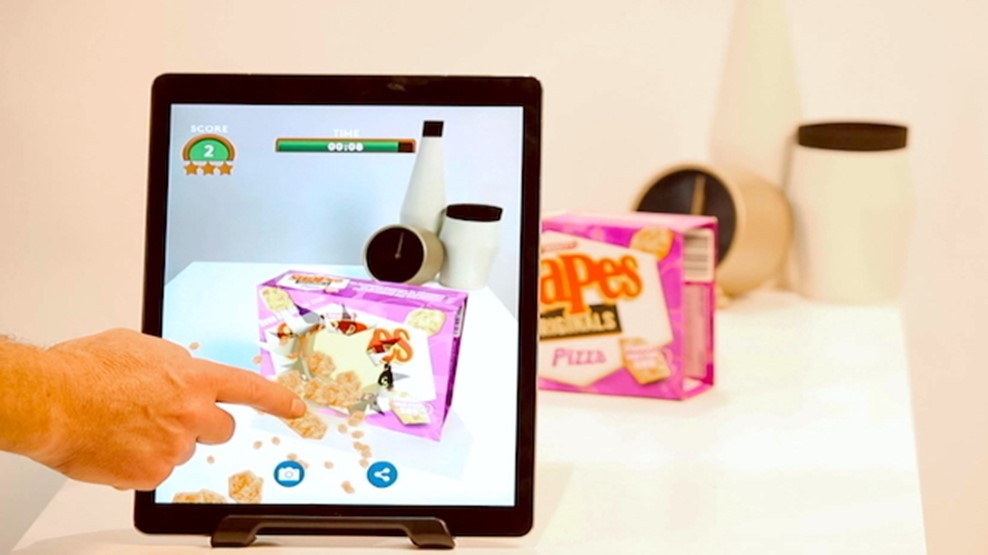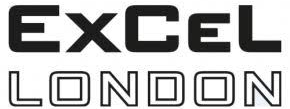Augmented Reality in Interactive Packaging: Elevating Consumer Engagement and Experience

Augmented reality (AR) has emerged as a game-changing technology, revolutionizing diverse industries, including packaging. By introducing interactive elements into packaging, AR enhances consumer engagement, providing immersive experiences that bridge the gap between physical and digital realms.
Interactive packaging seamlessly merges the digital and physical worlds, offering consumers captivating experiences that go beyond traditional packaging. Augmented reality in packaging boasts a multitude of benefits.
Benefits of Augmented Reality in Packaging:
Enhanced Engagement: AR adds layers of interactivity to packaging, captivating consumers with interactive games, story-telling, and demonstrations. This builds brand loyalty and boosts engagement.
Product Visualization: AR enables consumers to virtually experience products through 3D models and animations, enhancing their confidence in purchasing decisions.
Marketing Opportunities: Brands can deliver personalized marketing messages, promotions, and content through AR, forging stronger connections with consumers.
Social Media Integration: Consumers can share their AR experiences on social media, extending brand reach and sparking interest among peers.
Personalization: AR allows tailored experiences, recommendations, and customization based on individual preferences, driving conversions.
Environmental Sustainability: AR-powered packaging supports sustainability efforts by reducing waste and promoting eco-friendly messages.
Data Collection: AR collects valuable data on consumer behavior, informing future strategies and product development.
Cross-Promotion: Brands can collaborate to create compelling interactive packaging experiences that add value for consumers.
Inclusivity: AR in packaging can enhance accessibility through features like audio descriptions and multilingual translations.
Future Potential: AR's evolution promises even more immersive and sensory experiences, driving consumer engagement.
Despite its advantages, integrating AR into packaging presents challenges.
Challenges of Augmented Reality in Packaging:
Cost: Development costs for AR integration can be significant and must be weighed against benefits.
Technological Requirements: Compatibility with various devices and operating systems is crucial.
User-Friendly Interfaces: Packaging must feature intuitive interfaces for seamless user experiences.
Development and Integration: Expertise is needed for effective software development and integration.
Adoption and Familiarity: Educating consumers about AR usage is vital for widespread adoption.
Connectivity: Reliable internet access is necessary for smooth AR experiences.
User Testing: Thorough testing ensures glitch-free user experiences. Augmented reality in packaging finds applications in various areas.
Applications of Augmented Reality in Packaging:
Product Information: Real-time details, instructions, and tutorials can be accessed through AR-scanned packaging.
Gamification: Interactive games and challenges turn packaging into sources of entertainment, driving brand engagement.
Virtual Try-On: Consumers can virtually try on products, eliminating the need forphysical trials.
Successful brand implementations include Coca-Cola's personalized animations, IKEA's virtual furniture placement app, L'Oréal's virtual makeup try-on, Lego's interactive sets, and Pepsi Cola's Super Bowl augmented cans.








